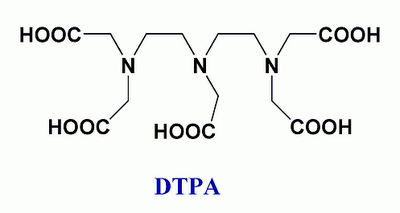Iron Sources in Hydroponics : Which One is the Best ?
There is not only a problem with the higher inherent chemical match-making of iron with the anions present within the solution but we also have the problem that iron is always present at a much higher concentration than the other micronutrients. So even though some transition metals like copper would suffer from similar problems the fact is that they do not simply because of their much lower concentration (Fe is usually around 3-5 ppm while Cu is usually around 0.05-0.01 ppm).
– –
–
The solution to this problem is actually easy and comes in the form of chelating agents that “wrap” around the iron ions and make them disappear to anions that may want to form stable salts with them. There are many of these chelating agents with the most commonly used being EDDHA, EDTA and DTPA. They are different due to the fact that their stability is different and their abilities to dissolve iron are also different. While all of them make sure iron stays within solution EDTA only allows this to happen until pH 5-6 while, DTPA takes it until about 8 and EDDHA to more than 9. The most stable iron complex is definitely FeEDDHA but this does not make it necessarily the best candidate for hydroponic growing.
The fact is that although EDDHA binds iron much more strongly it decomposes easier within the hydroponic solution than EDTA or DTPA (this is due to the fact that EDDHA is composed of several different isomers, some of which are not very stable), reason why this complex appears to be but is not the best solution for hydroponic nutrient solutions. The best compromise between stability and durability is earned by DTPA which gives us a very stable complex and a strong resistance to decomposition. So next time you are looking into getting a new complex for your Fe needs, try FeDTPA (this salt can also be used with my hydroponic calculator).